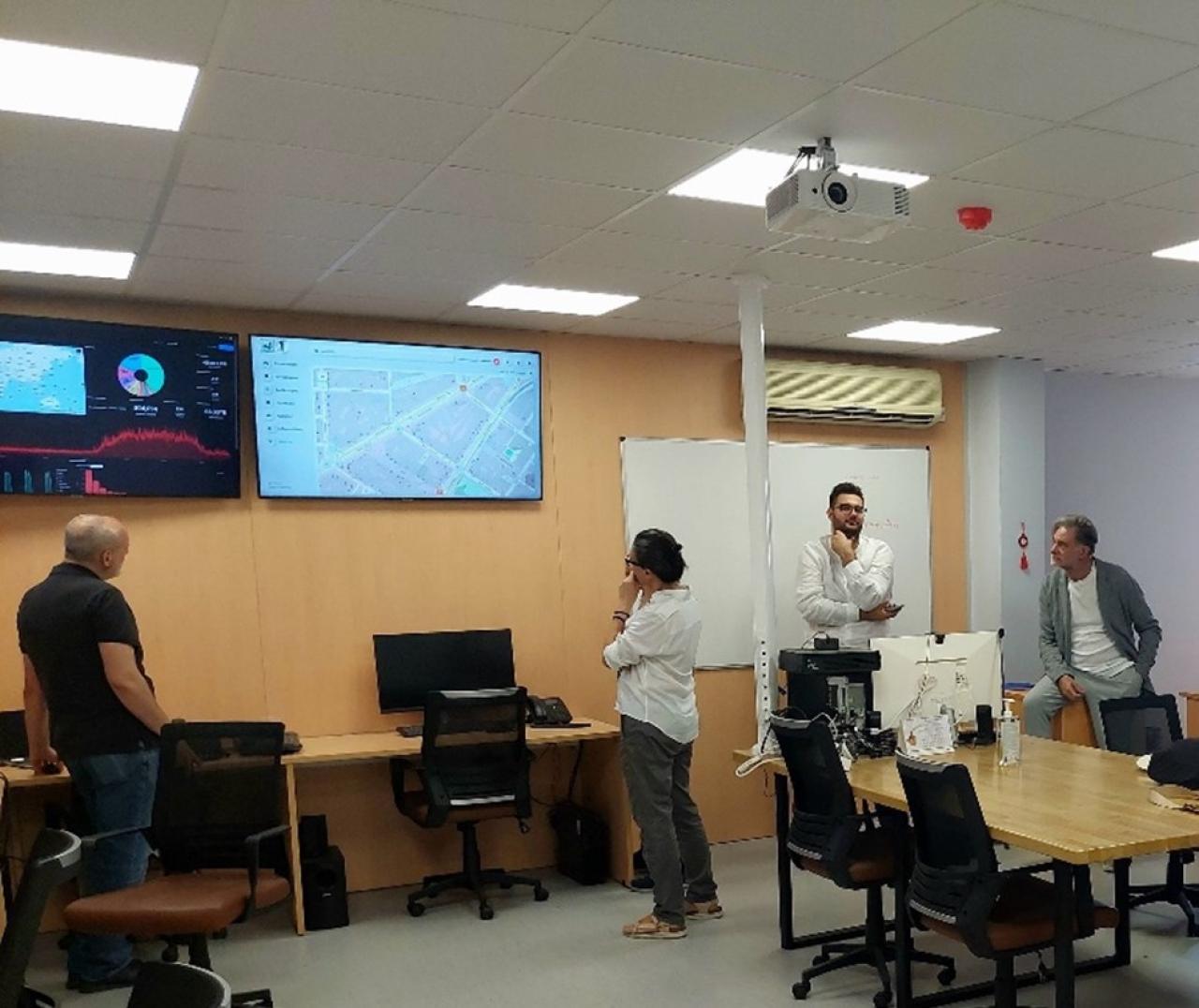The “Cities After Dark” Action Planning Network, funded by the EU URBACT IV programme, is addressing the significant role that 'Night Economy' plays in today cities, that must function 24 hours a day, and in the global economy, covering diverse sectors such as mobility, entertainment, hospitality, emergency services, security, logistics, services, etc. With nightlife being an important factor for tourism in many cities, but raising various challenges such as safety, regulation and environmental impacts (noise and light pollution) and the need to balance the development of the night-time economy with the quality of life of residents, digital solutions are an important ally to city authorities.
As the “Cities After Dark” URBACT network enters its second year of implementation and project partners start to unravel their Integrated Action Plans (IAP) for developing nighttime economy, it is possible to perceive the major role that digital transformation will also play in sustainable urban development once the sun sets across EU cities. The first drafts of the IAPs that the 10 partners presented end of January 2025 when they met in Málaga, and that are being co-developed in each city with local stakeholders from the nighttime economic sector, place a strong focus on digital integration and foresee the adoption of a an advanced set of digital solutions for enhancing night safety, mobility, awareness or life quality of residents in nightlife areas, e.g. by addressing noise issues.
This is the case for instance in Nicosia, the city capital of Cyprus and candidate to European Capital of Culture in 2030. The city is aiming to develop its cultural profile and leisure activities, including at nighttime, and for that purpose is planning to extend the use of its iNicosia Digital Twin tool and its visualization and simulation capacities, that are currently mostly used for urban planning, for urban management and event promotion, ensuring better citizen engagement and more efficient planning of services like nighttime public transportation. Or of another capital city, Paris no less, that has witnessed a growth of from 5% in 2015 to 18% in 2022 in the number of repeated tourists that come back because of the nightlife, a significant increase but that still places it well beyond Berlin where the figure is 50%. But Paris is not a city to fall behind and is aiming to develop the attractiveness of its nighttime while ensuring safety and quality of life for residents, and in that sense will develop Massive Open Online Courses (MOOC) for night professionals and apps for information and reporting problems.
The third capital city in the network, Tallin, is also becoming more famous for its nightlife and doesn’t wish to rest on its laurels, counting on the planned development of the use of digital technologies for that, such as using apps to promote events, monitor safety and provide transport services, and using data analytics to optimize planning and management of the night-time economy.
Other large cities in the network such as Genoa, Piraeus, Málaga of the network coordinator city Braga, are also developing digital strategies for developing its nighttime economies in a sustainable way, including the use of digital tools for communication between citizens and the public administration in Genoa, the use of sensors for detecting and monitoring noise pollution in Piraeus, apps for wide dissemination of events in Málaga or Braga.
The trend is not different in Varna in the Bulgarian dark seacoast, where the city is aiming to improve the collecting and use of data on nightlife needs and possibilities for developing public and shared transportation in the nighttime. Or in Zadar, in the Croatian Adriatic riviera, where the action for lighting of the waterfront with innovative smart installations, such as the solar-powered “Greetings to the Sun”, is a good practice of collaboration between public authorities, digital business actors and artists in testing measures to revitalize public spaces while making them safer and more enjoyable for all. And also in Budva, in Montenegro, a country that is participating in URBACT for the first time, but where this seafront city is aiming to use intelligent lighting systems and real-time data analytics for crowd management (such as parking spaces) in the nighttime rush hours, which can be very peaked especially in the summer months.
The digital transformation is a crucial element of the integrated approach to sustainable urban development that is so dear to URBACT and has the “Cities After Dark” partners showed us, this is as valid in the nighttime as it is during the day. In times of ever-growing cities, time is a growth dimension as much as space and the 24-hour city is a concept that all cities must face in all its dimensions: cultural, economic, inclusiveness, mobility, environmental and so on. And yes, digital transformation will be a part of that and will certainly help to illuminate the dark hours in our cities with the glint of our smart devices.
By Eurico Neves, Ad-Hoc Expert of the ‘Cities After Dark’ URBACT APN project, Chairperson of INOVA+ S.A.

